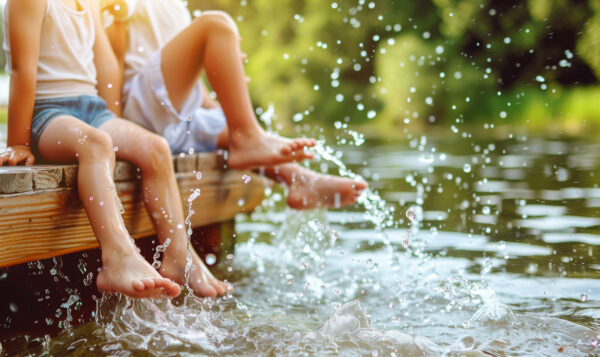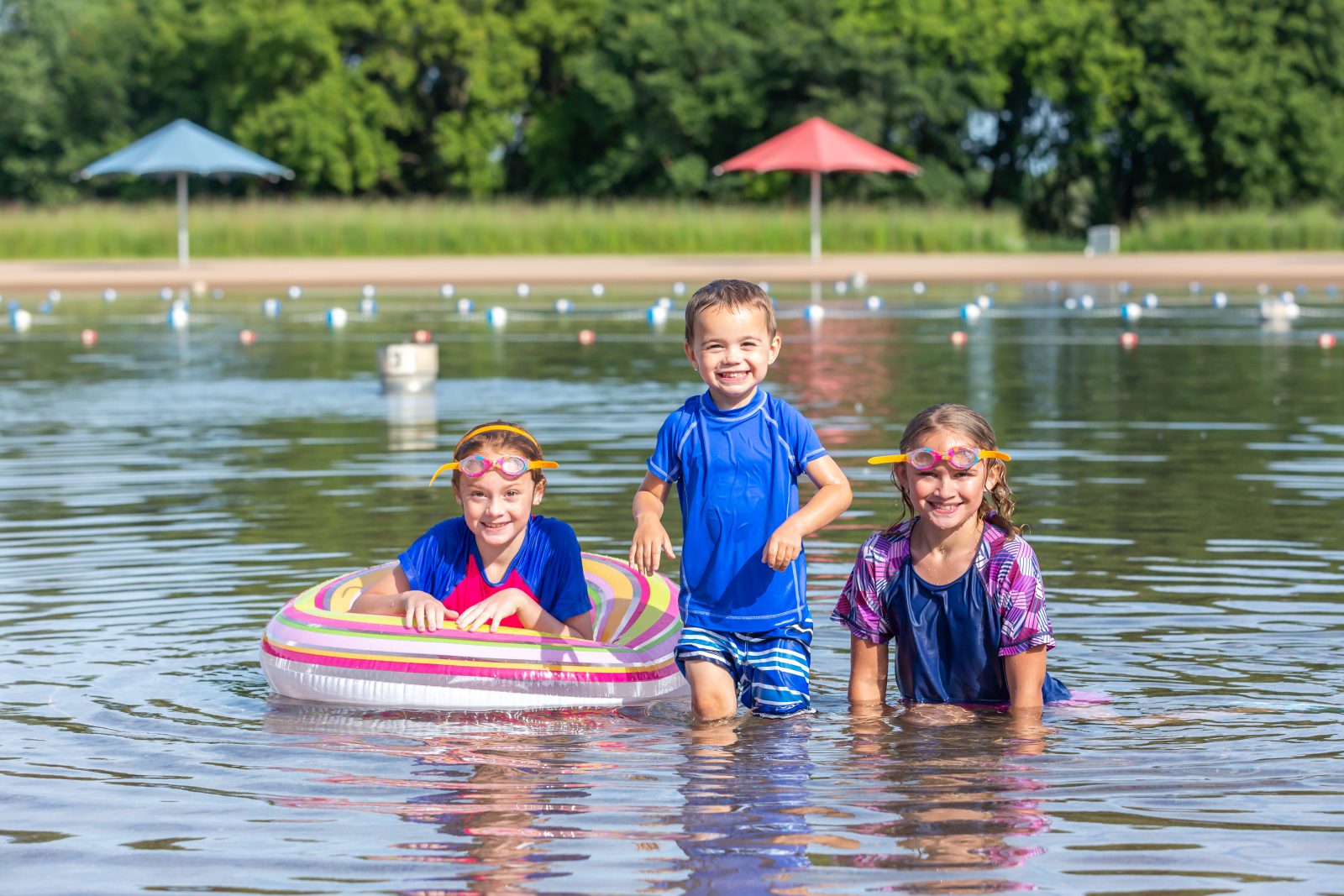
What is swimmer’s itch – and how can I avoid it?
Have you ever had floods of distraught families report that their children have suddenly developed itchy pimples or blisters all over themselves shortly after a summer’s day swim? This may have been what’s known as ‘swimmer’s itch’. By understanding this problem and being able to educate residents about the symptoms, you can transform yourself from a scapegoat to a savior of your community or property.
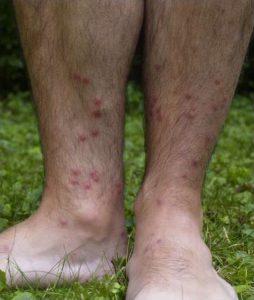
What is swimmer’s itch?
Swimmer’s itch is a rash caused by an allergic reaction to specific kinds of parasitic larvae that spawn within the freshwater body that’s being used for water activities. It isn’t contagious and the symptoms usually only last a week or so:
- A tingling sensation after exiting the water and allowing the freshwater to evaporate off
- Small, red pimples (that later can develop into blisters) appearing anywhere from minutes to a day after exposure
- Bumps that itch or burn for up to a week
- In the Midwest, these rashes usually develop in the first weeks of the summer when water initially warms up, and outbreaks themselves generally last no longer than four weeks. Depending on your location and its seasonality, this may differ.
Note – not every rash developed after swimming in freshwater is swimmer’s itch, and while you usually don’t need to visit a doctor for medical care for swimmer’s itch, you should monitor symptoms for worsening or ongoing effects, such as:
- Increased pain, swelling, warmth, or redness.
- Red streaks extending from the affected area
- Pus
- Fever
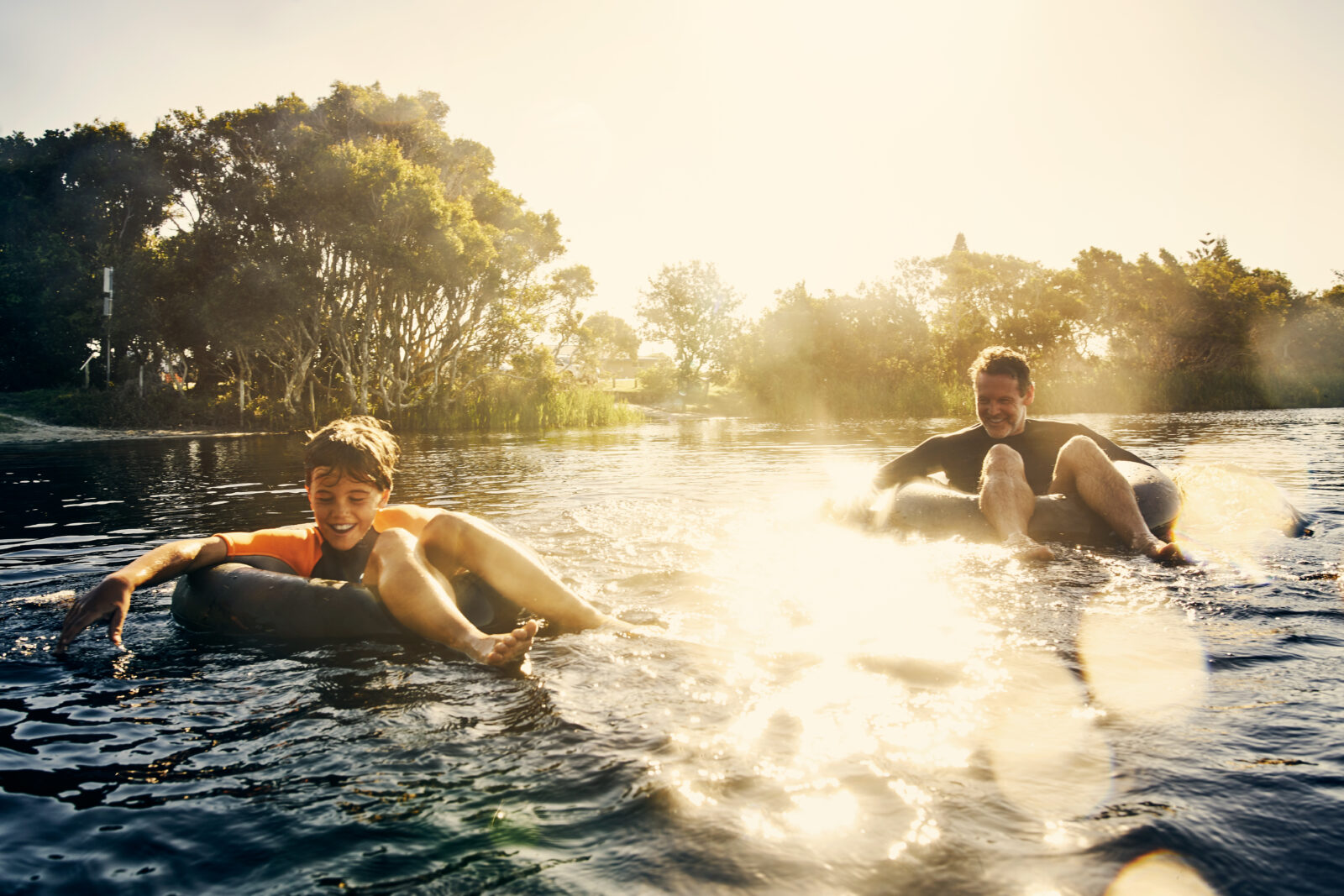
How do parasites cause swimmer’s itch?
Those larvae parasites? They come from adult versions that infect animals (such as ducks, geese, seagulls, and swans) and produce eggs that are passed along in their host’s droppings.
When those feces either land or wash into a waterbody, the eggs hatch, resulting in microscopic larvae that swim through the water. These swimming larvae then search out and infect certain species of aquatic snails.
Once infected, these larvae undergo some development and are released as slightly different microscopic larvae, which then search out a new host. Ideally, this would be something like a bird or a muskrat, but these larvae can also attach to humans, burrowing into their skin and causing a reaction.
Unfortunately for the larvae, they can’t develop inside humans and shortly die. Fortunately for humans, this means that they usually don’t need any treatment and the rash dissipates on its own.
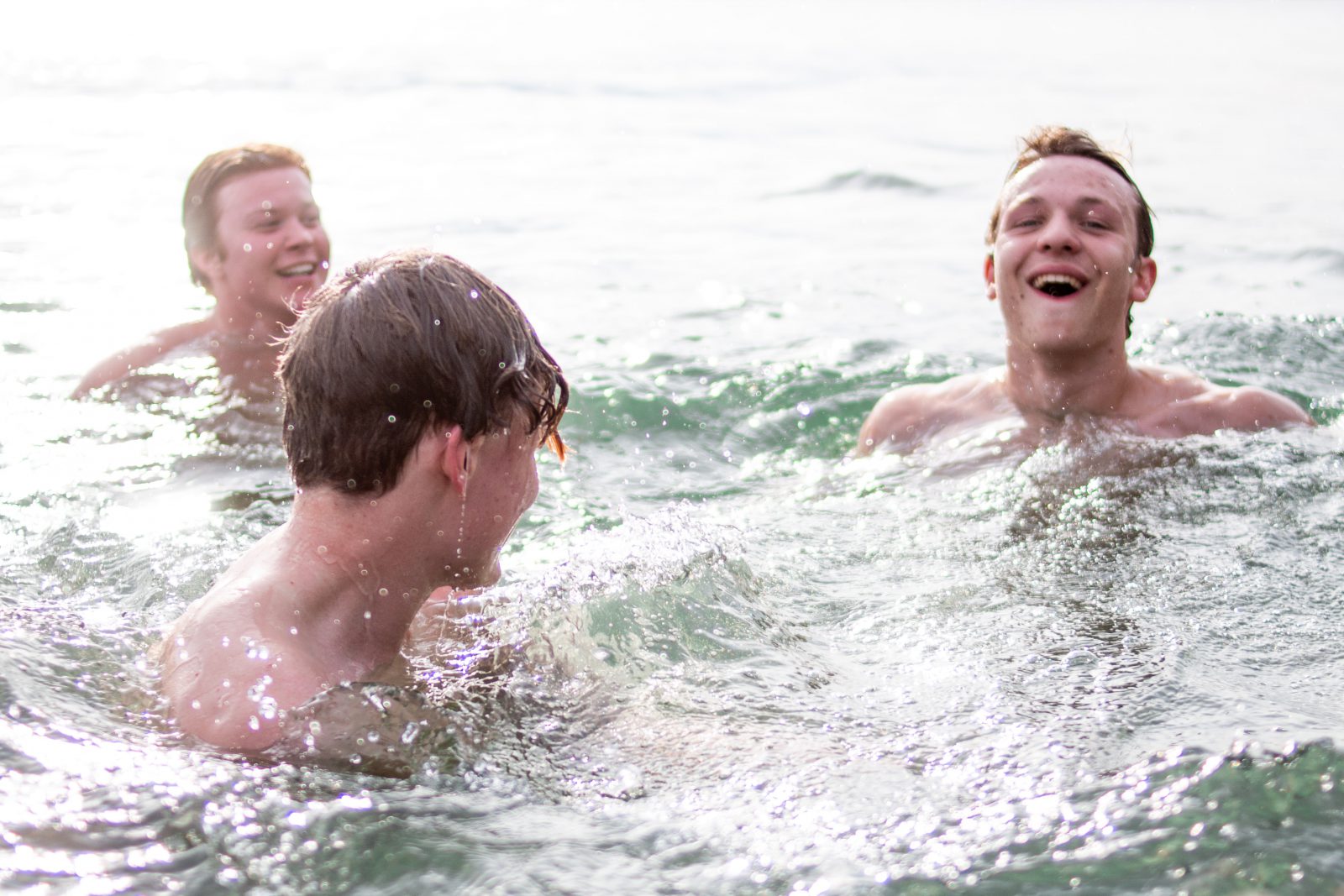
Can you prevent swimmer’s itch in lakes and ponds?
Due to the spread of swimmer’s itch being so closely related to aquatic life, it can be difficult to prevent these parasites from spreading without disrupting the environmental balance. It’s nearly impossible to keep birds and other animals from defecating in your lake or pond.
But for everyday swimmers, you can suggest they try the below to avoid or at least reduce their chances of developing swimmer’s itch:
- Towel off after swimming or wading in water (rather than simply allowing it to evaporate); this can help crush and kill the parasites before they burrow into your skin
- Follow this by quickly showering and rinsing off skin
- Swim in deeper waters away from the shore
- If you notice snails on docks, rocks, or vegetation, avoid swimming in that area
- Don’t feed birds and be mindful of not sweeping their wastes from docks into the water
- Upon receiving reports of swimmer’s itch, post signage warning other swimmers
- Suggest those who have it to confirm with their doctor. While swimmer’s itch is common, other types of rashes can be caused by bacteria and cyanotoxins in the water.
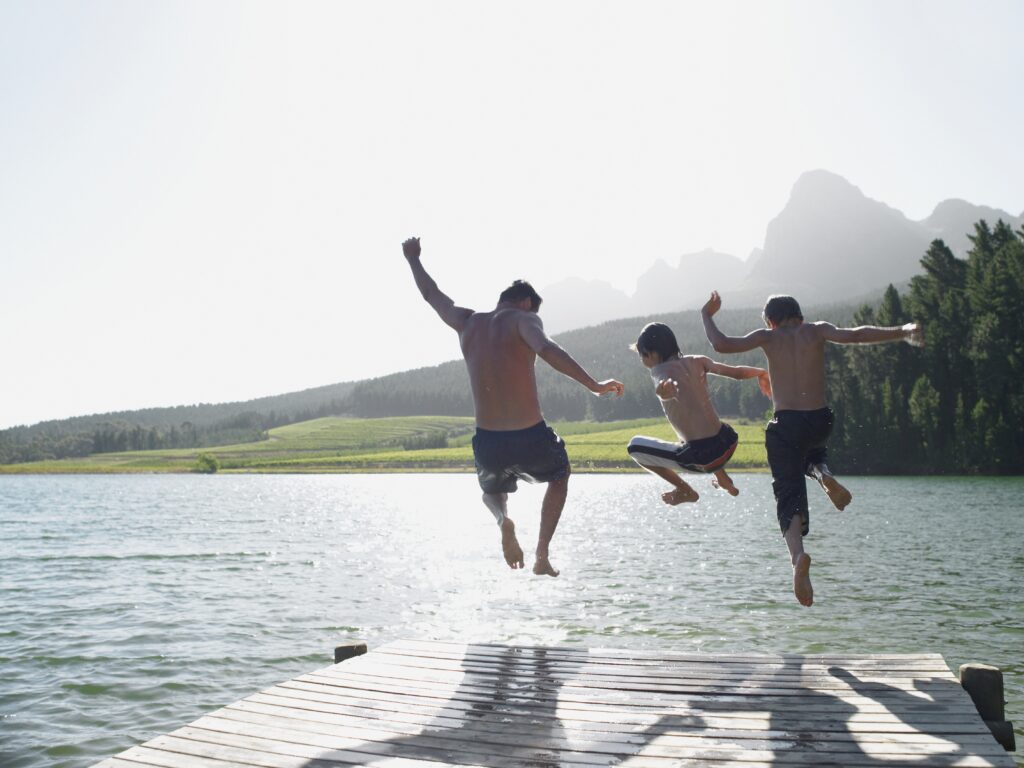
Improving Water Quality, Improving Communities
Swimmer’s itch is not as common as other frustrating (and sometimes dangerous) water quality issues like invasive plant growth, nuisance mats of slimy algae, muck, bad odors, and shoreline erosion. If you’re working to ensure a safe, uninterrupted, fun-filled summer for your community, consider consulting with an aquatic expert who can help you design a custom management plan for your unique waterbody.
SOLitude Lake Management is a nationwide environmental firm committed to providing sustainable solutions that improve water quality, enhance beauty and preserve natural resources.
SOLitude’s team of aquatic scientists specializes in the development and execution of customized lake, stormwater pond, wetland and fisheries management programs. Services include water quality testing and restoration, algae and aquatic weed control, installation and maintenance of fountains and aeration systems, shoreline erosion control, muck and sediment removal and invasive species management. SOLitude partners with homeowners associations, golf courses, private landowners, businesses and municipalities. SOLitude Lake Management is part of Rentokil, a leading business services company, operating across the United States, Canada and Puerto Rico.
For more information, visit SOLitude Lake Management at solitudelakemanagement.com, and connect on Facebook, LinkedIn and Twitter.

